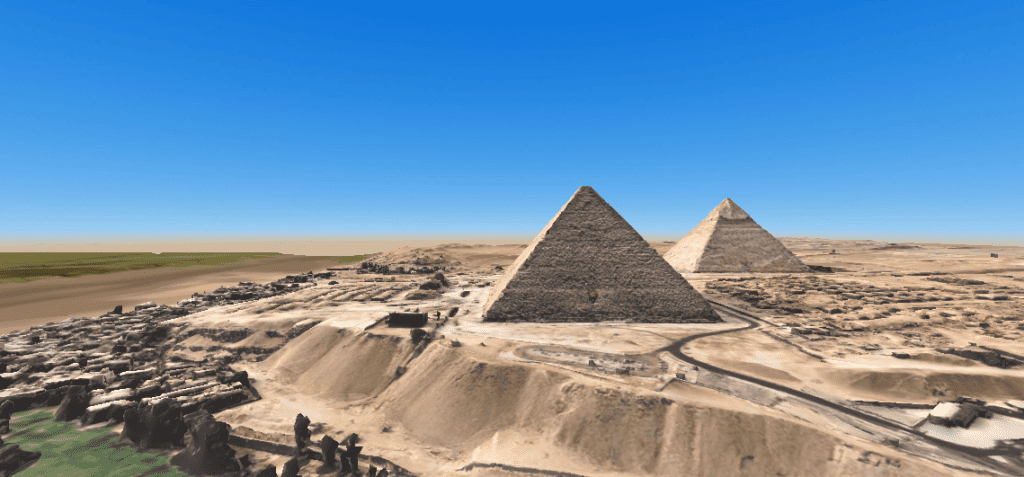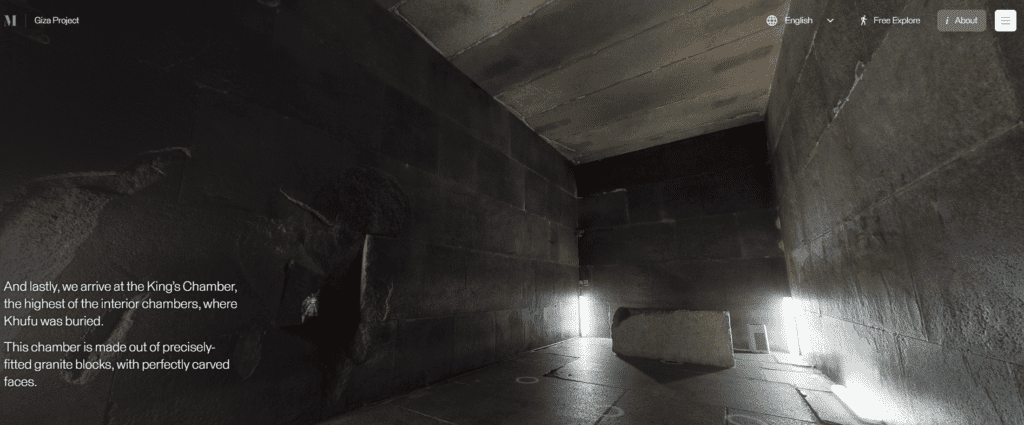The Great Pyramid of Giza (or the Pyramid of Kheops) in Egypt is one of the seven wonders of the world, and the only one still standing today, despite being erected over 4,500 years ago. The pyramid draws in some 14 million tourists every year, but for those who can’t visit it in person, I’ve got some good news: you can now visit it from the comfort of your home.
Scientists at Harvard have been working on digitizing aspects of the pyramid for quite some time. You can explore various reconstruction videos of the pyramid, see 3D models of it, and go through a number of different resources on what the pyramid looked like and how it looks now, as well as several other nearby archaeological elements.
Many of these resources have been online for years, but the university is constantly adding new elements to it.

The Giza Project, a non-profit international initiative based at Harvard University, also assembles information about the archaeological activity at the Giza Pyramids and surrounding cemeteries and settlements. The project integrates diverse types of information and then uses digital archaeology to recreate the environment at the pyramid during its heyday.
The pyramid stands on a square base with a side of 230 m (754 feet). It was about 150 meters high (492 feet), and now it’s a bit smaller due to erosion.
But now, in addition to exploring the plateau and the outside of the pyramid, you can also step inside and see what a visit in the Pyramid of Kheops would look like by using this link.

You have multiple ways of exploring the pyramid. You can go through a guided, museum-like tour where the platform provides information about the area you’re in and its history, or simply move around at your own pace like in a computer game. You can go up and down stairs and platforms and explore the pyramid as you prefer. You can also alternate between the two.

Some of the corridors can be pretty long and you can get a little bit lost down them, so don’t hesitate to switch to the guided tour if that happens. It’s also a nice added bonus to get explanations for what you’re seeing around.

Ultimately, initiatives like this can make archaeology more accessible to the general public and can even help researchers and students get a better view of the objects they’re studying. It also makes for a fun afternoon of exploration.
If you want to get more into the pyramids and the surrounding areas, Harvard also has a course you can follow online for free (the certificate of completion is not free, though).


